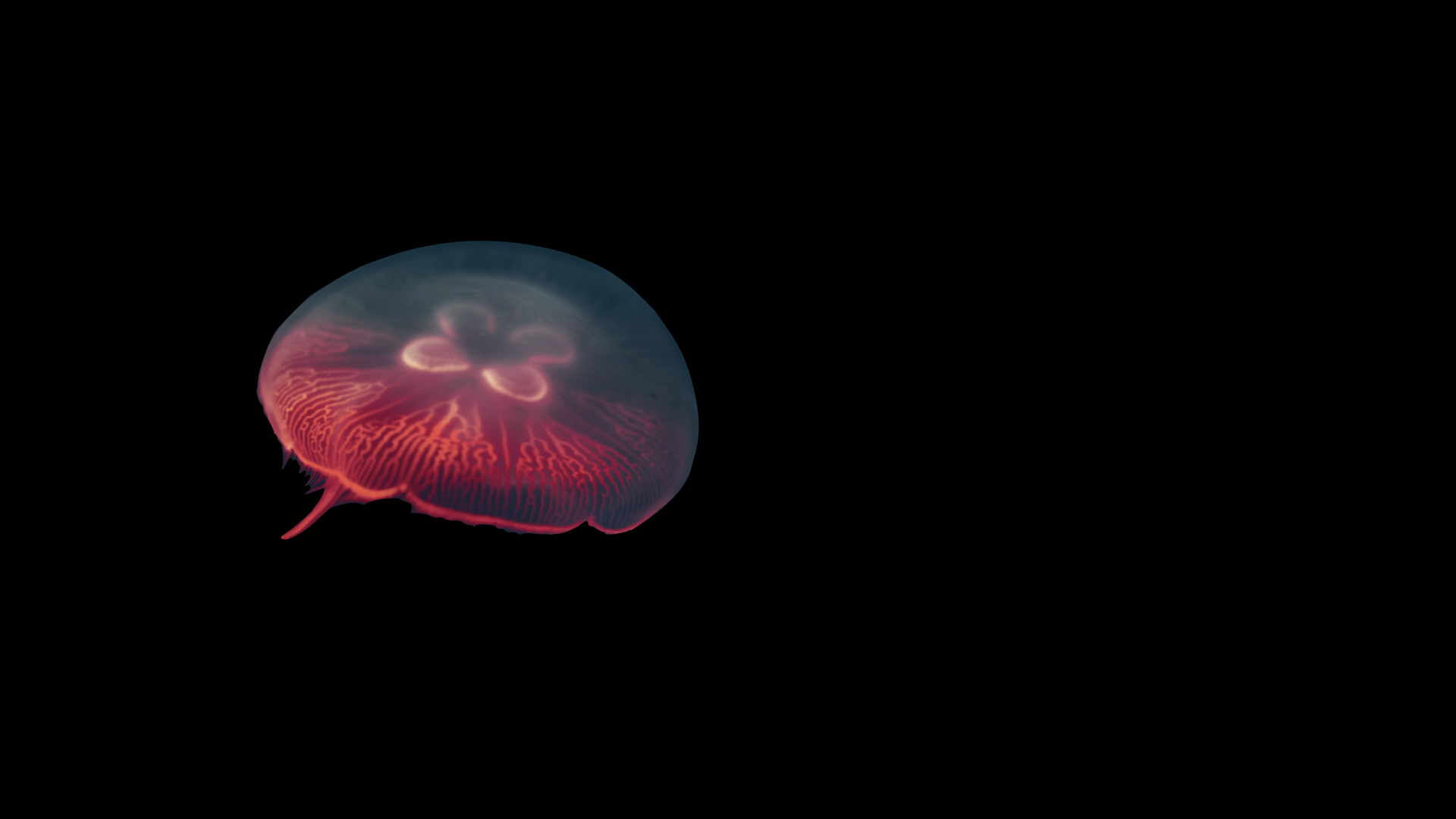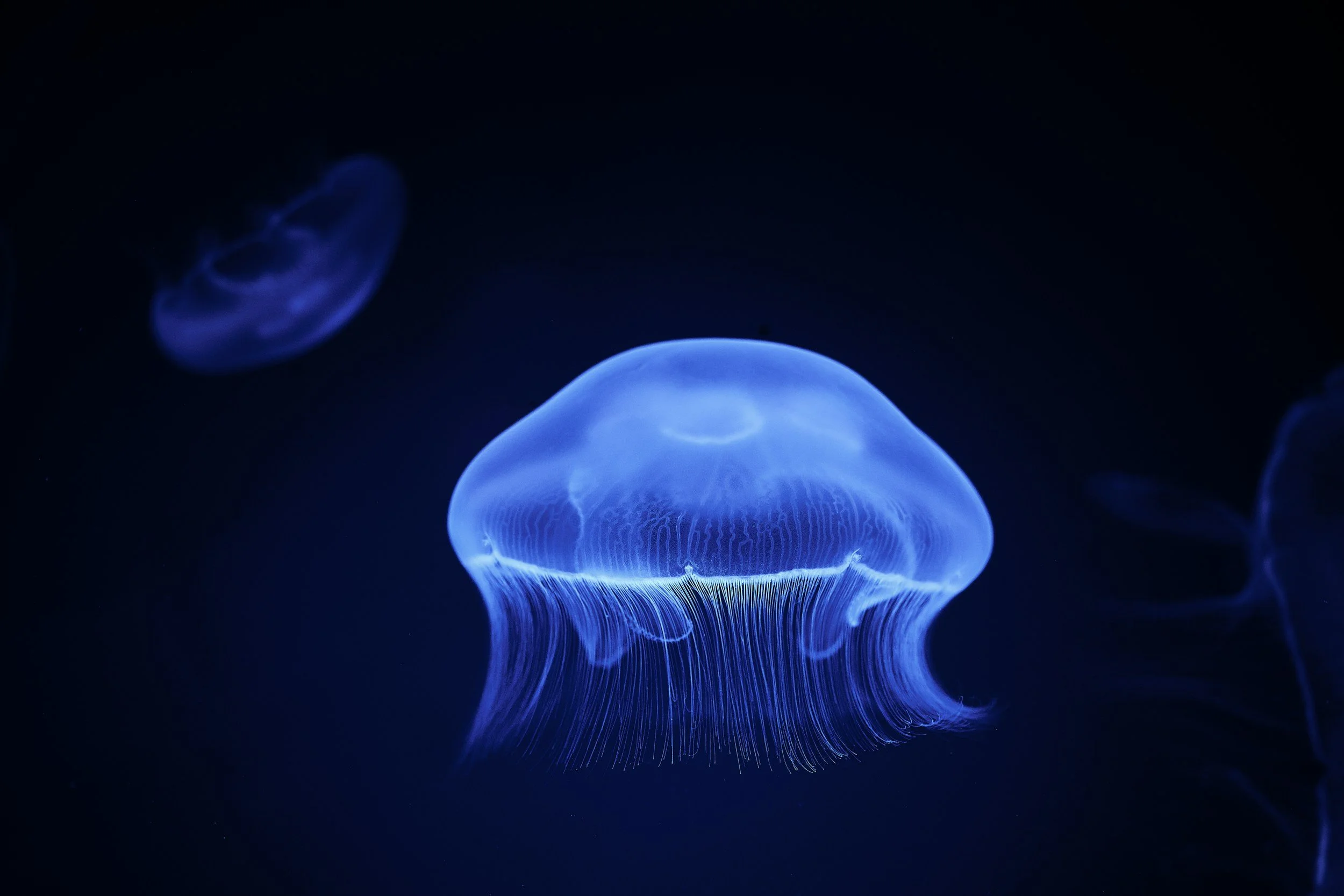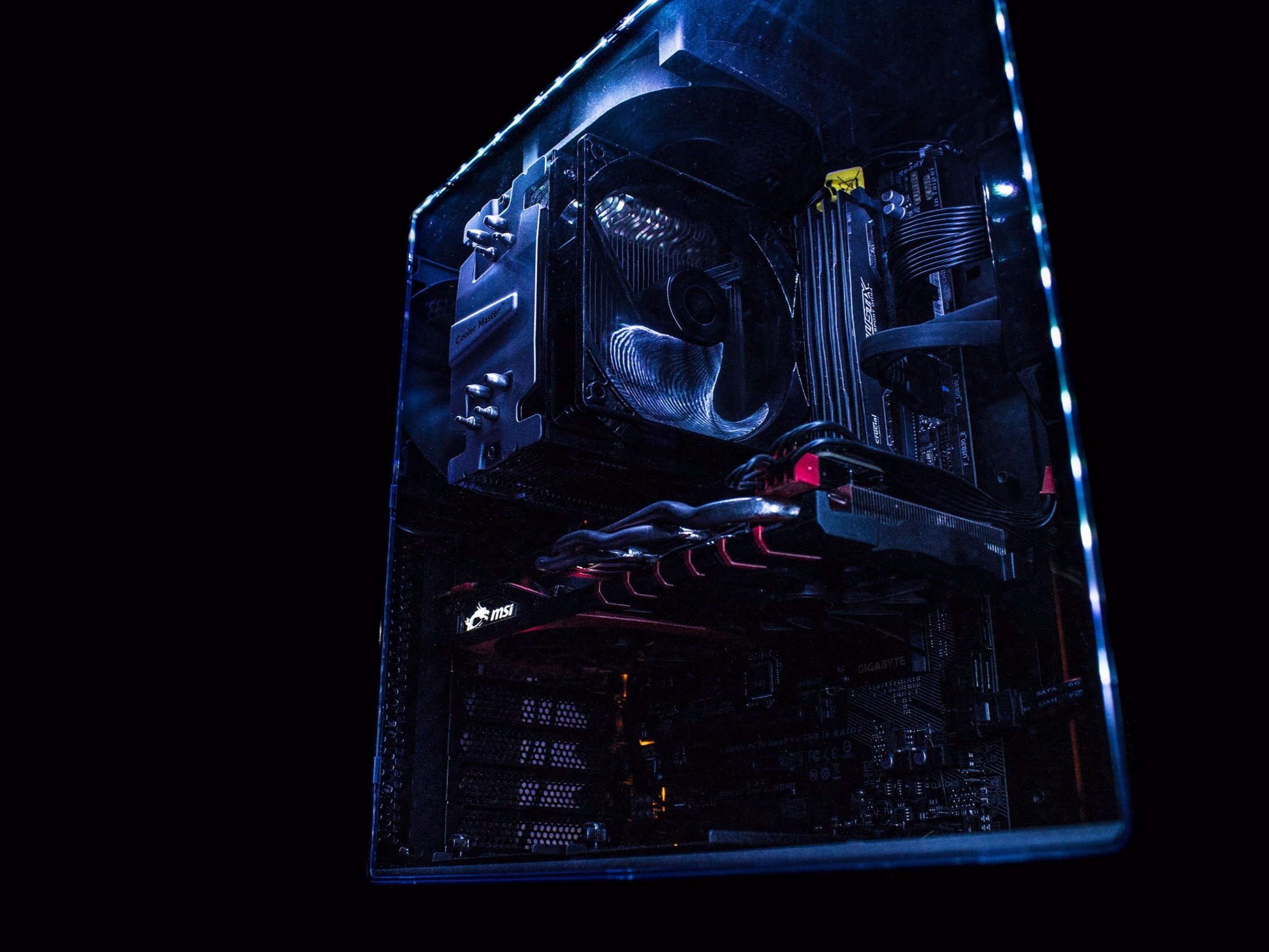“To survive brands must become adaptive, self-organizing, scalable & sustainable within the human driven ecosystem”
We have to evolve the way we design and develop brands.
It is in our nature to claim what is ours, as all the living creatures we do it by marking our territory. The first branding activities can be traced back thousands of years ago when craftworkers marked their hand-crafted goods. Branding as a term that comes from burning hot irons on our farm animals. With the arrival of the industrial revolution branding became an important part of doing business. From then on different manufactures were able to mass produce. So for the consumer to keep them apart manufactures started adding a logo on their products and businesses. From this moment the modern evolution of branding started.
Evolution of Branding
Evolution cycle
Bringing brands to life.
To survive brands must become adaptive, self-organizing, scalable & sustainable within its human driven ecosystem. Then we reach the ‘Branded Organisms‘ stage of evolution. Here a brand develops a direct relationship that naturally evolves with the real-time customer needs.
“To help us bring brands alive we use a formula that identifies the different layers of a brand and how they are related.”
The first layer
Consistency that manage expectations.
The three most important functions of a brand are being a trademark for quality (1), what gives consumers security and trust (2), and that consumers recognize the brand (3). That’s why in the early years of branding it was all about consistency. What we want is to acquire a preferred position in the brain of our consumers. In the end the goal is that consumers choose our brand above our competitors. We achieve this by making people aware of our brand and manage their expectations. By sending out a constant (C) image consumers start recognizing us and we build trust. In this era we only pushed our message, often by use of mass media like TV, billboards and magazines. It was still relatively simple to control all these consumer touch-points.

The second layer
Flexibility that enables differentiation.
With some brands going international, increase of competitors, the gathering of more knowledge about our consumers and offering a wider set of products, the need came for more flexibility. High competitive markets arrived by the introduction of mass production and standardization. We started to customize our brands toward specific target group could boost our sales and brand loyalty. The needed flexibility is achieved by adding variables (V), like new products and/or services, to the brand. Turning some brands into so called ‘House of brands’ [Neumeier, M., 2007]. The added complexity let to introduce the term ‘Positioning’ by Jack Trout [Strout, J. 1969]. With the expansion of our associative network of the brand, he argues that it is important to take a clear position within the brains of the targeted consumers [Ries, A. and Trout, J., 1981]. Managing our brands becomes more complex because we have to balance between consistency (what is important for the recognition and trust) and flexibility (the ability to position to specific target groups).
The third layer
Connectivity that triggers interaction.
The ability for consumers to access the brand services and/or products over the internet was, and still is, one of the biggest game-changer in branding. A brand is no longer restricted to a physical space and it is able to interact with its ecosystem (E), opening all kind of doors. A bigger audience, no direct face-to-face interactions needed, 24/7 and from all over the World. For us, responsible for the brand, it means dealing with fragmented media, digital natives, social networks and the whole technological tsunami. Brands are not that controllable anymore, so therefor brand management becomes a challenge. Until now all the consumer touch-points were easily under control, a more complex system of new touch-points has being added. We are talking here only about the front-end part of the brand, outside the view of the consumer all kind of bank-end systems are also being connected. This ability to connect makes it also possible to interact directly with a large group of consumers, creating new social behavior & social communities. This phenotypic character (trait) also catalyzed the whole social media revolution. All big changes what should improve the user experience of the consumer.

The special fourth layer
Adaptivity that makes it alive.
If brands want to survive over time (t) they must be able to be adaptable to changes in their ecosystem (E). Therefor there is a call for a new layer that is going to play an important role in branding: adaptivity.
Adaptivity indicates the ability of a brand to adapt autonomously to its users according to the changing conditions. Brands should operate as self-learning systems. An adaptive unit based upon the method of trial and error. In order to achieve this a change in the way of designing brands is fundamental. Not considering brands as static objects but as living organisms.
Why someone should say “Yes, let’s make this essential change”? What is the actual impact on how we design our brands? And what are the benifits? In the next chapter we are going to explore what this new trait means for designing our own brands trying to answer those questions.
Examples of elements that we can play with to engineer Branded Organisms.
Our continuous changing environment.
Technology.
Beside the branding evolution we need to take into account the revolution in the world of technology, what is changing the way people talk, react, think, behave, and how people consume. We nowadays interact with brands in ways that even only 10 years could not be predicted. The relationship brand consumers had used to be simple and unidirectional: brands reached out only through static media channels such as advertising. Now, interactions are true dialogues, complex and bi-directional. Consumers are deeply involved in shaping their relationship with the brand and are communicating that point of view to others through social and mobile channels. [Franks, D. & Anderson, E., 2012]
Humans.
This modern digital world is creating a new type of consumers ‘Generation C: the connected customer’ as IBM likes to call them. This ‘Generation C’ is not demographically based. It's everyone. These consumers are linked, and they're in control [Ibmconnectedcustomer.com, 2013]. Meaning that we have to change the way we manage the complex landscape of consumer touch-points. It was already almost impossible and it will only get worst. The reasons are: the touch-points are becoming two-way streets, more intensity and less control. The unexpected 92% of customers say that they trust earned media (word-to-mouth and recommendations) above all other forms of advertising, with an increment of the 18% since 2007 [Trendwatching.com, 2012]. This section of the consumer touch-point landscape is growing and it is by definition uncontrollable.
Touch-points.
In addition a lot is happening within the field of marketing & branding. Social media and mobile strategy, omni-channel and location based services, branded content management, social CRM (sCRM), near field communication (NFC) and gamification are just the tip of the iceberg. All have their own clear goals but are we aware of why we do all of this? Do they play their part in achieving a bigger ‘end’ goal? Is their a vision within our company that connects all these dotes? Branded Organisms could be a part of this vision. Because in the end, like organisms, every brand wants to be healthy and survive to life another day.
Branded Organisms
in the Age of AI Agents

Embrace algorithms, ensure serendipity.
The concept of "Branded Organisms" is more relevant than ever in today's world of sophisticated AI. The core idea—that a brand is a living, adaptive system—has evolved from a simple algorithmic model into a complex, multi-agent framework. To fully embrace this, we must shift our thinking from rigid "business rules" to a more dynamic, AI-driven paradigm.
Let's deconstruct this for a modern AI architect. What they need to understand is not just a flowchart of IF-THEN statements, but the architecture of the branded organism itself.

The Brand as a
Multi-Agent System
Instead of static brand elements, we now think of a brand as a collective of specialized AI agents.
Constants (Core Identity Agents): These are the foundational agents responsible for maintaining the brand's core identity, values, and voice. They are trained on the brand's mission statements, historical data, and style guides. Their primary directive is to ensure that all generated content and interactions are aligned with the brand's immutable principles.
Variables (Generative & Adaptive Agents): These agents are the creative and responsive components of the brand. They leverage large language models (LLMs) and other generative AI to dynamically create personalized content, conversations, and experiences. These agents are trained to be flexible, adapting their output based on real-time data while still adhering to the core directives from the Identity Agents.
Environmental Inputs
& Contextual Prompts
The simple variables of the past—consumer, device, location, time—are now rich data streams that serve as prompts for the AI agents.
Contextual Data: The system ingests real-time data from multiple sources. A user's query ("want to know more about a product X"), combined with their device (mobile), location (park), and time (night), is processed as a complex prompt.
Behavioral & Sentimental Analysis: The system goes beyond basic data points. It uses advanced analytics to interpret the consumer's emotional state, past interactions, and likely intent. For example, is the user casually Browse or expressing frustration? This deeper understanding refines the prompt for the generative agents.
The Generative Journey:
From Algorithms to AI Agents
The linear IF-THEN logic is replaced by a more fluid, conversational flow driven by a network of AI agents. The user journey becomes a continuous feedback loop:
Agent Orchestration: When a user's prompt is received, a central orchestrator agent assigns the task to the most suitable specialized agents. For example, a "Search Agent" might find the product information, a "Personalization Agent" tailors it to the user's profile, and a "Generative Content Agent" crafts a compelling, human-like response.
Serendipitous Interactions: To combat the "predictable and dull bubble," modern Branded Intelligence incorporates a level of creative variability. This could be a "Serendipity Agent" that introduces unexpected, yet relevant, content. For instance, if a customer is Browse travel gear, this agent might suggest a unique blog post about an exotic destination that aligns with their interests, rather than just a product recommendation.
Branded Intelligence (BI) 2.0: The Self-Learning Brand
This network of interconnected agents forms the foundation of a new kind of Branded Intelligence. It's not just a collection of algorithms; it's a self-learning ecosystem.
Dynamic Adaptation: The agents continuously learn from every interaction. If a certain type of personalized content leads to higher engagement, the Generative Agent's model is updated. If a particular conversational style resonates more with a demographic, the Conversational Agent adapts.
Proactive Engagement: This intelligence is not merely reactive. The system can proactively initiate interactions based on predictive analytics. For example, if a user has shown interest in a product and then a new discount becomes available, a proactive message can be crafted and delivered by the system.











